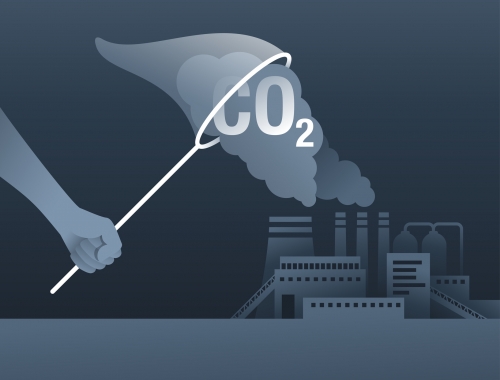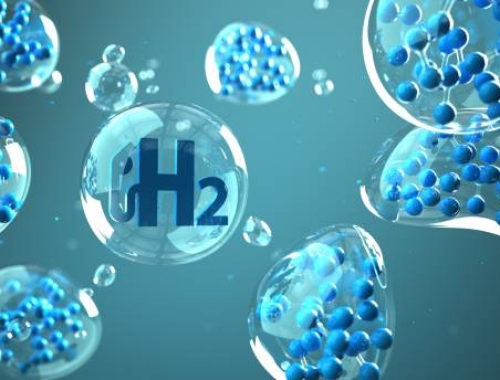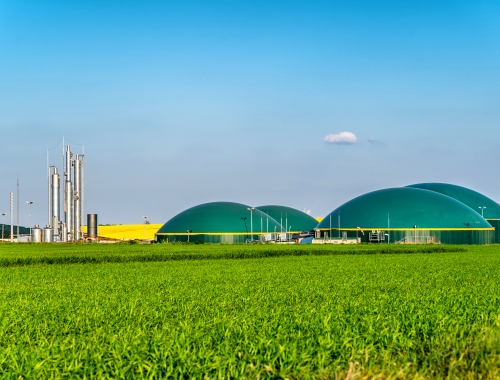Alaska LNG to study ammonia and CCS
SUMMARY
Alaska's Cook Inlet, site of Alaska LNG terminal, has "world-class" sequestration capabilities. [Image: Alaska LNG]
By Dale LunanPOSTED IN:
The Alaska state corporation backing the 20mn metric tons/year Alaska LNG project said October 4 it would team with an Alaska gas producer and two Japanese partners to study the use of North Slope natural gas to produce blue ammonia for export.
Alaska Gasline Development Corporation (AGDC) has signed a memorandum of understanding (MoU) with Hilcorp Alaska, which has North Slope oil and gas assets, and Japan’s Mitisubishi and TOYO Engineering to assess producing ammonia at a facility in the Cook Inlet, alongside the Alaska LNG terminal, and geologically sequestering the carbon emissions.
The Cook Inlet basin has been identified by scientists as having “world-class” sequestration potential, and the evaluation will further define that potential and the economics for producing blue ammonia alongside LNG.
Ammonia emits no CO2 when burned to produce energy, is rich in hydrogen and is easier to transport than hydrogen. Its use in energy production is central to the carbon neutrality plans of a number of Pacific Rim countries, including Japan and Korea.
The feed gas pipeline from the North Slope to Cook Inlet is designed to transport 3.3bn ft3/day of natural gas. The Alaska LNG terminal would use 2.7bn ft3/day, with the balance of the capacity designated to serve Alaska power generation, home heating and industrial uses, such as ammonia production.








